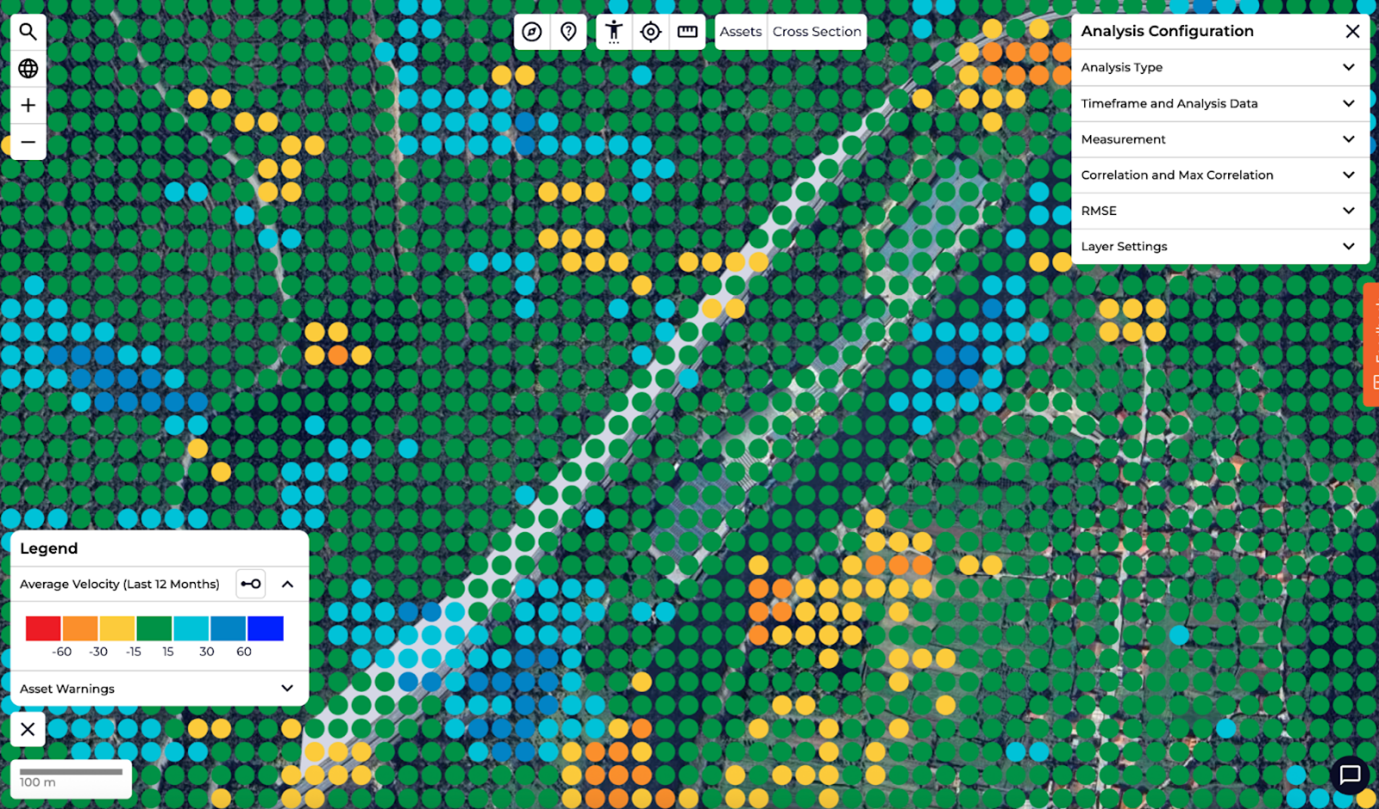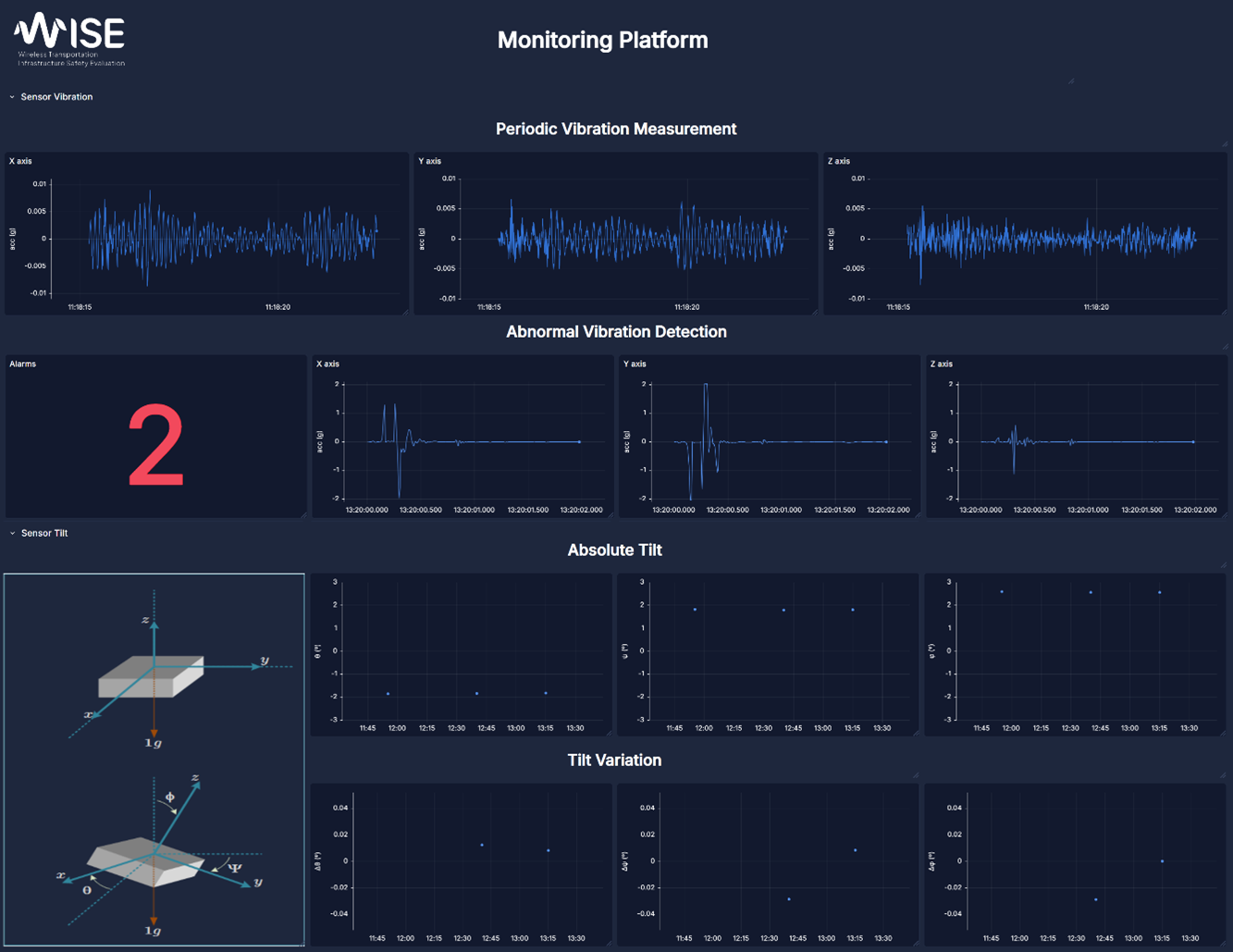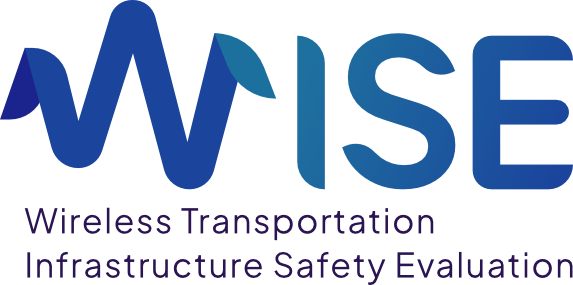On September 9, the WISE – Wireless Transportation Infrastructure Safety Evaluation project consortium met at the University of Minho, Azurém campus (Guimarães), for another collaborative working session. In addition to partners Spotlite, SOLVIT – Innovation on Telecommunications, and the University of Minho, IP – Infraestruturas de Portugal also participated as an observer.
Spotlite presented preliminary results from monitoring slow ground deformations in a specific study area using the InSAR (Synthetic Aperture Radar Interferometry) technique. This analysis was performed using satellite data obtained from the Sentinel-1 mission and advanced signal processing algorithms developed within the project. This made it possible to obtain a 2-year time series with a spatial resolution of approximately 15 m, analyzing average velocities and measuring surface displacements. The figure below illustrates this type of analysis, presenting an analysis of the average velocity over 12 months, highlighting areas of uplift in blue and areas of greater subsidence in yellow/orange.

The SOLVIT – Innovation in Telecommunications partner then presented advances in the development of a local monitoring sensor consisting of an accelerometer connected to a microcontroller. This is designed to be coupled to critical infrastructure. The system already enables the automatic detection of abnormal vibrations (associated with short-duration, high-intensity events), the monitoring of slow inclination changes over time and the acquisition of background vibration measurements on demand. The generated data is sent via LoRa to a central storage point. During the meeting, the operation of the sensor was demonstrated in a laboratory environment. The dashboard in the figure below shows real-time results, illustrating the prototype’s versatility.

The University of Minho partner will be responsible for integrating the data obtained through these two approaches. Using machine learning and artificial intelligence techniques, the development of a preventive monitoring tool and automatic alert generation is planned. Given the heavy dependence on the availability and consolidation of data sources, this task remains at an early stage, with methodologies for analyzing and modeling monitoring data currently being defined.
The session was an important moment for strategic alignment between partners, knowledge sharing, and defining the next steps towards the common goals of the WISE project.


